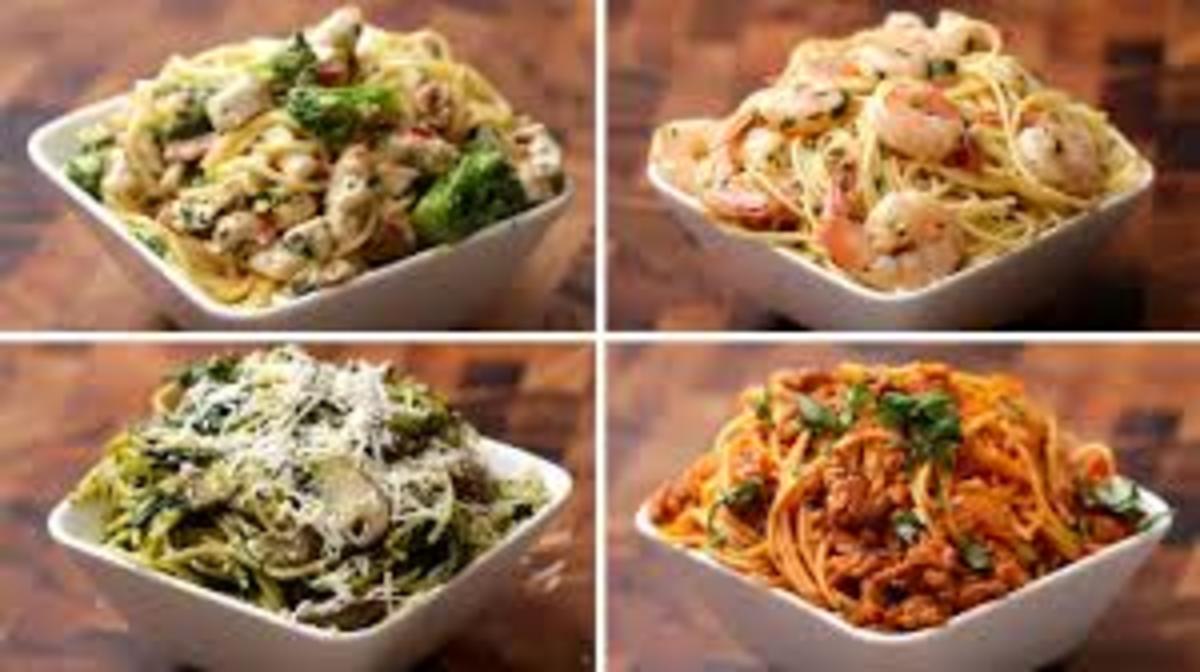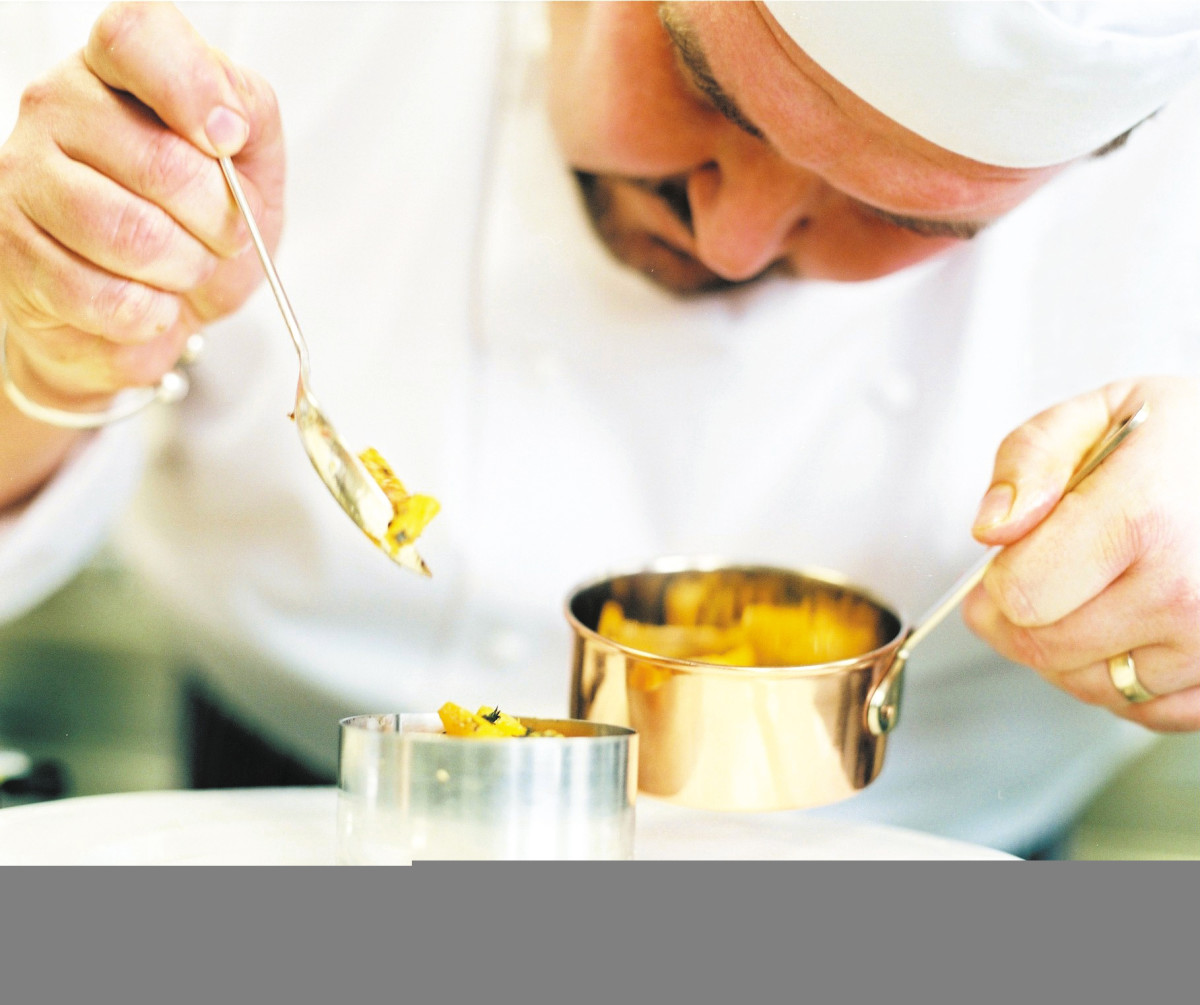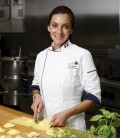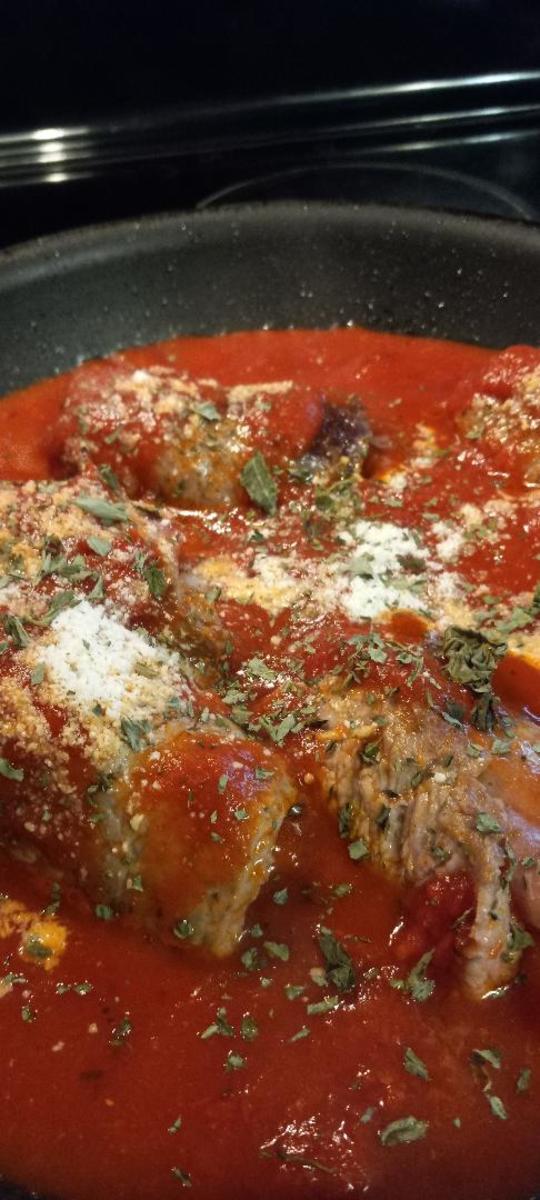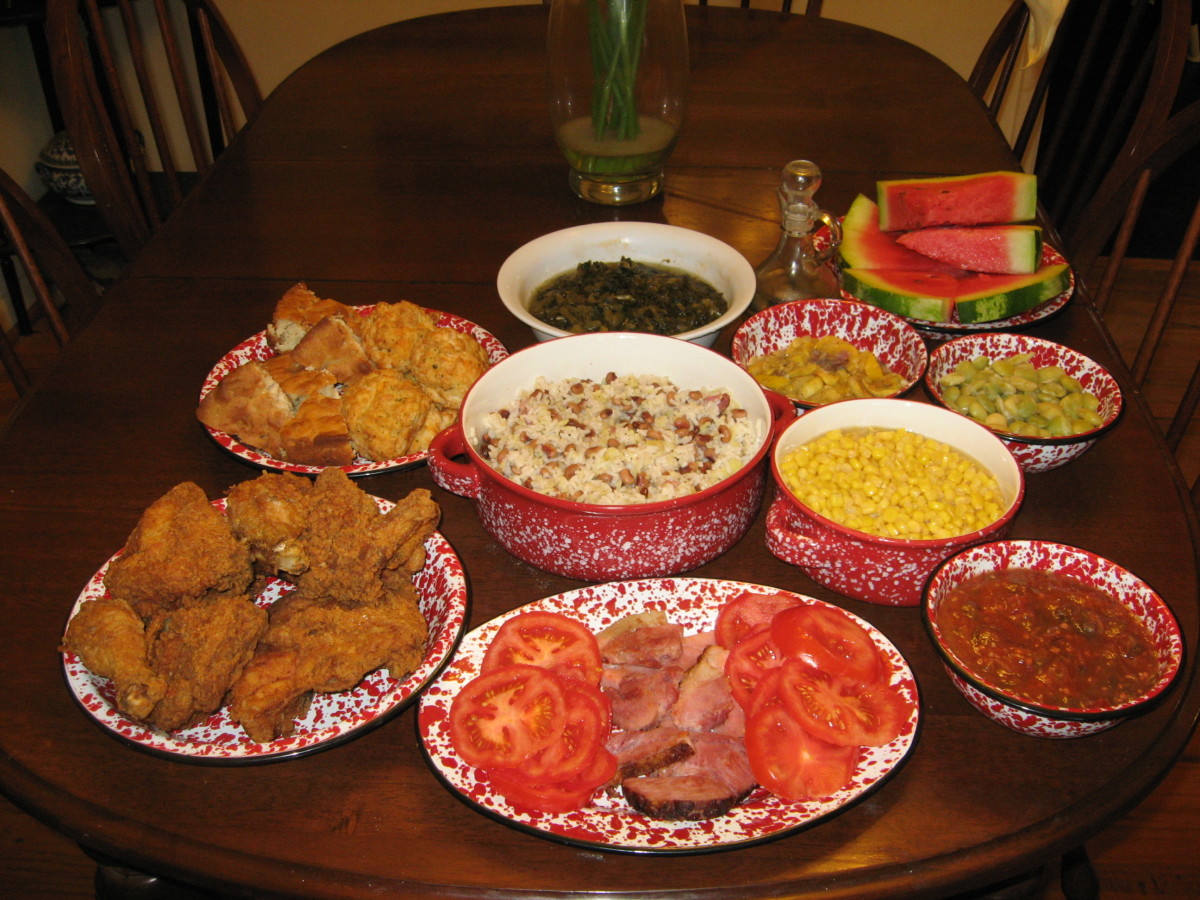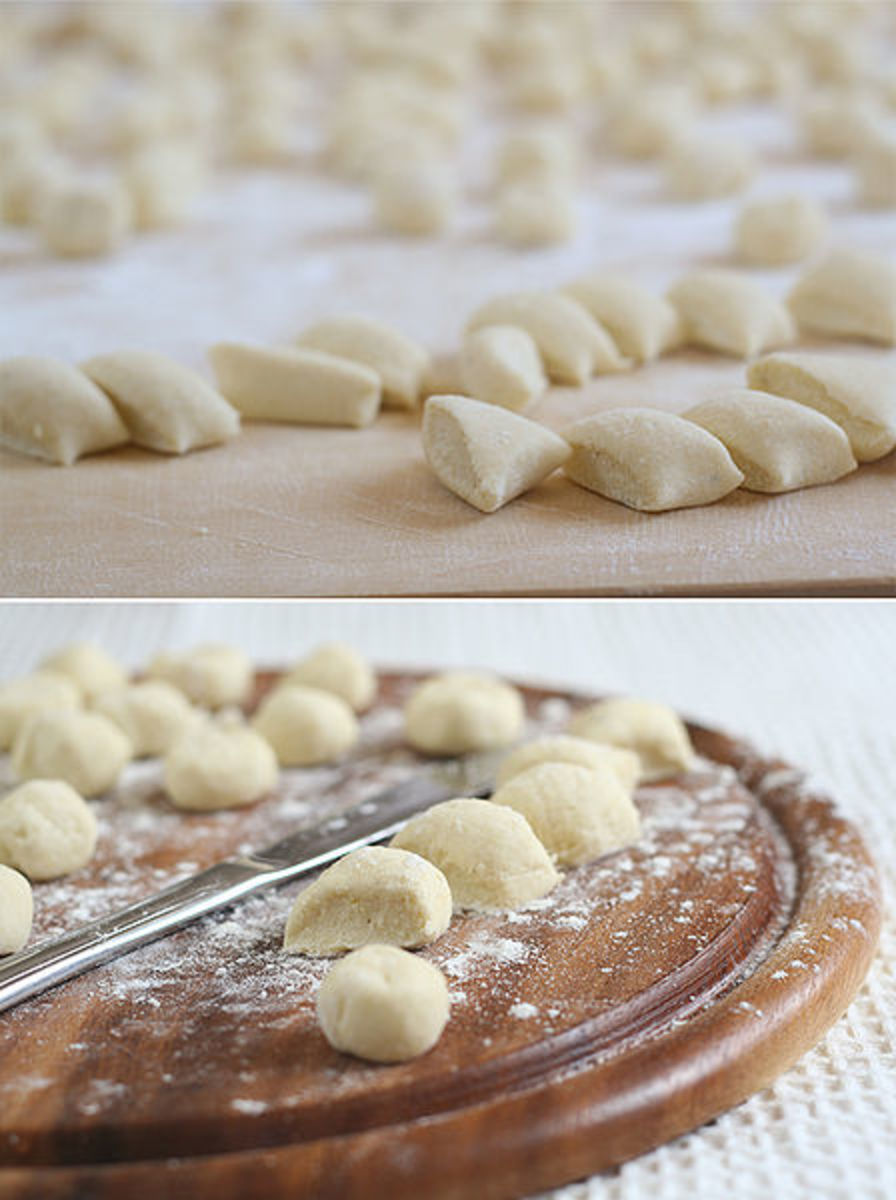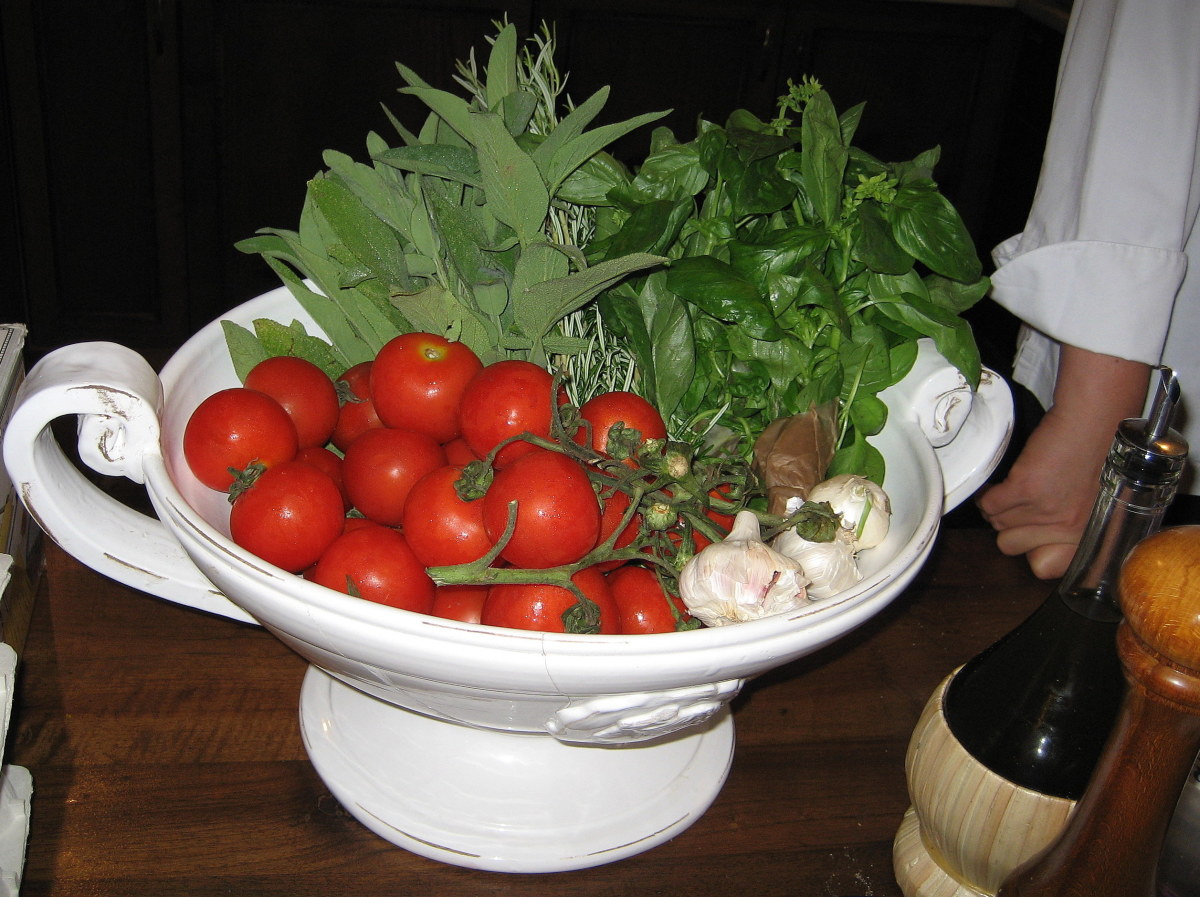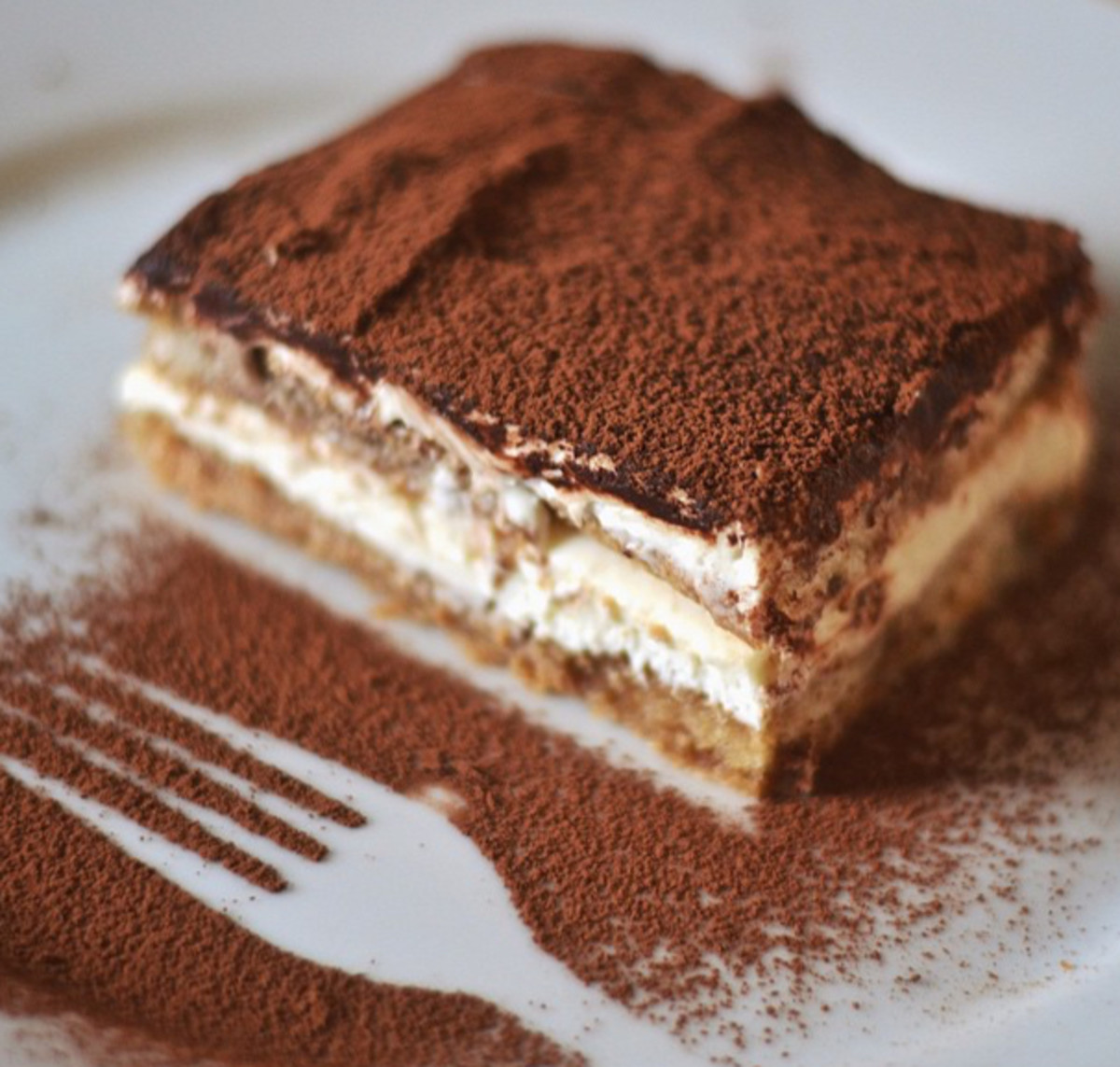- HubPages»
- Food and Cooking»
- World Cuisines»
- Southern European Cuisine
The Language of Italian Cuisine
Allora, volete cucinare italiano? (So, You Want to Cook Italian?)
Amo la cucina italiana. I love Italian food.
Italian. The language of romance. The food, equally sensual. Does it need to be said that if one is going to practice the art of cooking Italian cuisine, that one should learn la lingua della cucina italiana, the language of Italian cooking?
From cooking terms to classic cuisines of Italia, Italians have a way with words, even if they are just talking about ham. Italian cooks need to know what they are and what they mean. This list of commonly used Italian cooking terms will help you not only in the cucina (kitchen), but in your favorite ristorante italiano (Italian restaurant) as well.
Buon appetito!
Aglio e Olio. Garlic and oil.
Aioli. A garlic mayonnaise often served as an accompaniment for grilled vegetables.
Al dente. Literally, felt by the tooth. Refers to the texture of properly cooked pasta, and vegetables that have been cooked crisp.
Antipasto. Before the meal. The appetizer.
Arborio. Short-grained rices grown in the Po Valley of Italy, used in risotto recipes.
Battuto. Chopped raw vegetables that have been sauteed, commonly carrots, celery, onion and/or garlic, and parsley. The foundation of many Italian sauces and other dishes.
Biscotti. Twice baked Italian cookies.
Bistecca. Steak.
Bocconcini. Fresh Italian mozzarella balls in a water or brine solution.
Bruschetta. Toasted bread rubbed with garlic cloves, drizzled with olive oil and sprinkled with sea salt.
Bucatini – Long, “holed” sting noodles, or think hollow tubes of pasta.
Cacciatore. A dish prepared in the "hunter's style".
Caffe. Coffee.
Calamari. Squid.
Cannelloni. Large pasta cylinders stuffed with a variety of fillings.
Capellini. Angel hair pasta.
Cappuccino. Italian breakfast beverage.
Carne. Meat
Caponata. Eggplant based dish that can be served as an antipasto or a condiment.
Ciabatta. Rustic yeast bread that gets its name from its unique shape. Ciabatta means "slipper".
Conchiglie. Large or medium pasta shells.
Conchigliette. Small shell pasta.
Contorno. Salad or cooked vegetables served with "secondo" or the second dish.
Crostini. "Little crust". Toasted bread slices topped with chopped, plum tomatoes.
Dolce. Dessert.
Fagioli. Italian for beans.
Farfalle. Butterfly pasta.
Fettucini. Long, flat, ribbon shaped pasta about 1/4 inch wide.
Fiochetti. Bow tie pasta.
Focaccia. Bread made with olive oil and dimpled after rising, brushed with olive oil before baking.
Formaggio. Cheese.
Forno. Oven baked.
Frittata – A flat, baked omelet.
Fritti. Fried.
Frutta. Fruit
Frutti di mare. Seafood.
Funchetti. Mushroom shaped pasta.
Fusilli. Corkscrew shaped pasta.
Gelato. Italian ice cream.
Gnocchi – Starchy dumplings made from potatoes, flour or cornmeal.
Granita. Frozen, flavored Italian ice made from water, sugar and a fruit or wine flavoring.
Grappa. A brandy distilled from grape skins and seeds leftover from the wine making process.
Insalata. Salad.
Macedonia di Frutta. Mixed marinated fruit.
Manicotti. Thick, ridged tubed pasta.
Marsala – An Italian fortified wine made in Marsala in Sicily.
Mascarpone. Fresh, sweet, delicate, triple blended cheese made from cow's milk. Often served with fresh fruit.
Mostaccioli. Medium sized tube pasta.
Mozzarella – Italian cheese made of pasta filata, a cheese paste that pulls into strings when cooked.
Orecchiette. Smooth, curved, flat pasta cut in rounds.
Panna Cotta. Literally, cooked cream. A custard like dessert.
Pancetta. Italian bacon cured with salt, pepper and other spices. It is not smoked.
Panzanella. Bread salad with tomatoes and other ingredients.
Parmigiano-Reggiano – Hard-grating cheeses made from cow’s milk.
Pasta – The Italian generic name for all forms of alimentary pastes made from a mixture of flour, semolina, and whole eggs or egg whites, but no water. Macaroni is made from a mixture of four, semolina and water, but no eggs.
Pastasciutta. Fresh or dried pasta with sauce, as opposed to soups or baked pasta dishes.
Pasticcio. A baked pasta dish with one or more sauces.
Pecorino. A hard-grating cheese made from ewe's milk.
Penne. A variety of tubed pasta.
Pesce. Fish.
Pesto– A sauce made of crushed fresh basil leaves pounded with garlic, Pecorino, either pine nuts or walnuts, and olive oil.
Pollo. Chicken.
Pomodoro. Tomato.
Porcini mushrooms. Mushrooms with a meaty texture.
Primo. Literally "first dish". Normally pasta, or minestra if the pasta is served in a soup.
Prosciutto . Salt-cured, air-dried Italian ham.
Puttanesca. Robust, spicy sauce made wth tomatoes, onions, capers, olives and garlic.
Ravioli. Stuffed squares of pasta.
Ricotta – Fresh, creamy white cheese used in fillings for lasagna and stuffed pastas.
Rigatoni. Thick, ridged pasta tubes about 1 1/2 inches long.
Risotto. Creamy rice dish made with arborio.
Romano cheese – Hard-grating salty cheese. Pecorino Romano is the best known.
Rotelle. Spiral shaped pasta.
Rotini. Small wheels of pasta with six spokes.
Secondo. The "second dish". Normally meat or fish.
Semolina – Coarsely milled hard wheat used for gnocchi, some pasta, and couscous.
Tortellini. Little pasta pies filled with meat or cheese.
Zabaglione – A whipped custard made with egg yolks, sugar, Marsala or other wine, fruit juice, or liqueur.
Zuppa. Soup.
- Inland Eats: Peaches, Nectar and Bellinis
- Inland Eats: Tuscan White Bean Soup
- Inland Eats: Cooking Light Italian
- Inland Eats: The Food Mood Connection: The Mediterranean Diet and Depression
- How to Make a Salad Better Than Olive Garden | eHow.com
How to Make a Salad Better Than Olive Garden. There is something about the famous Olive Garden salad that keeps you asking for more. Everyone knows how to make a salad, but when it comes to that recipe for Italian dressing, well, they're...

